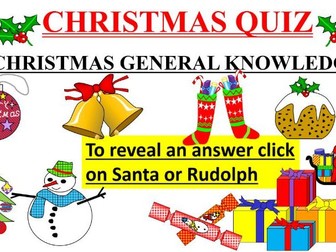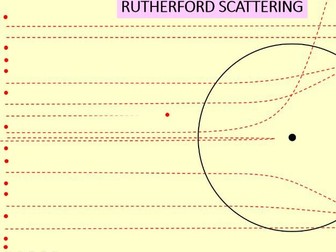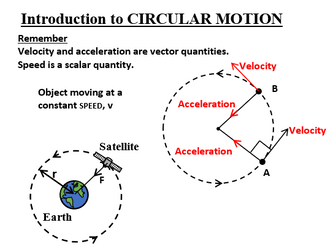Practical Skills: SF, Tables, St-Line Graphs
<p>This covers the practical skills needed when taking measurements, making tables and graphs and finding the gradient of straight-line graphs. It also covers how equations can be rearranged into the form y = mx + c in order to find the gradient and intercept with a test to check on understanding.</p>
<p>The <strong>Sig Figs</strong> Word document explains what significant figures are, using many examples to aid understanding. It also has questions to check student understanding including rounding numbers to a given number of significant figures. It explains the importance of significant figures when it comes to taking measurements and how scientific notation is useful.<br />
The <strong>Sig Figs - ANS</strong> Word document has the answers to the questions.</p>
<p>The <strong>Tables & Graphs Skills Tick List</strong> Word document is a check list for students to use in order to ensure that they have completed each of the steps needed when constructing tables and graphs, especially when doing so from experimental results.</p>
<p>The <strong>St line graphs</strong> Word document has 10 questions where equations must be rearranged into the form y = mx + c and then used to sketch the straight-line graph and give the gradient and intercept.<br />
It also has 11 questions, which get progressively harder, where the gradient, intercept, y axis and x axis must be identified from various equations. There are then a further 2 harder questions involving more complex manipulation and 3 Extension questions involving the use of Log10.<br />
<strong>The St line graphs - ANS</strong> Word document has the answers to the questions.</p>
<p>The <strong>St line graph TEST</strong> Word document has 14 questions on linear graphs and their equations. The last 4 question require the equations to be rearranged.<br />
The <strong>St line graph TEST</strong> - ANS Word document has the answers to the questions.</p>


